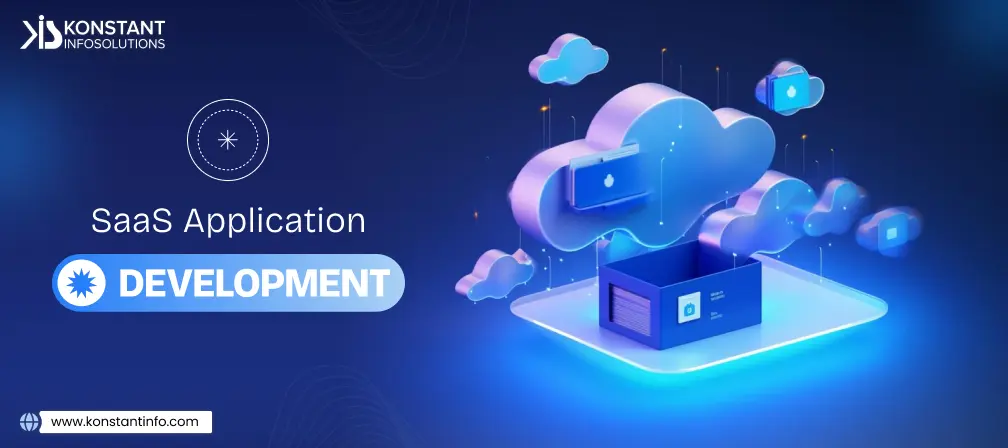
Table of Contents
When was the last time you attended an online meeting using Zoom?
Be it a small business or larger corporations making use of the online video conferencing software to stay connected with their customers or employees.
Now, you might be wondering why we are talking about Zoom? This post is supposed to focus on SaaS application development.
Do we seem to be veering off course? Nope, we’re staying on course.
Zoom video conferencing software is a great example of SaaS which provides you with a simple and stress-free way for conducting online meetings without requiring you to configure the software physically on your system.
In case your organization is compiling an idea to develop software, do you think SaaS application development is the best route to go?
In this guide, you will get answers to all your questions related to SaaS application development including the benefits, challenges and how much it costs to develop a SaaS application, and so forth.
SaaS stands for Software-as-a-Service. Basically, it refers to a cloud hosting application that serves the user over the internet with the help of a web browser. Instead of traditional days software requires to be physically installed on your hardware to work.
Furthermore, the update and maintenance tasks of the SaaS application are also hosted on the cloud and set the user’s physical resources free from any burden.
Software-as-a-Service products are typically not sold with a lifetime license, rather they are purchased on a subscription basis, which means that users subscribe to the service on a monthly, quarterly, or annual basis.
In addition, SaaS applications are platform-independent, so whether you are on your smartphone or computer, you can access the application anytime as long as you have a working internet connection.
Following a discussion of what SaaS is, we will then discuss how popular SaaS applications are.
With each passing day, SaaS applications are reaching greater heights of popularity due to their affordability and ease of use.
The following picture provides you with a current market overview and a look at how the SaaS application market will develop in the coming years.
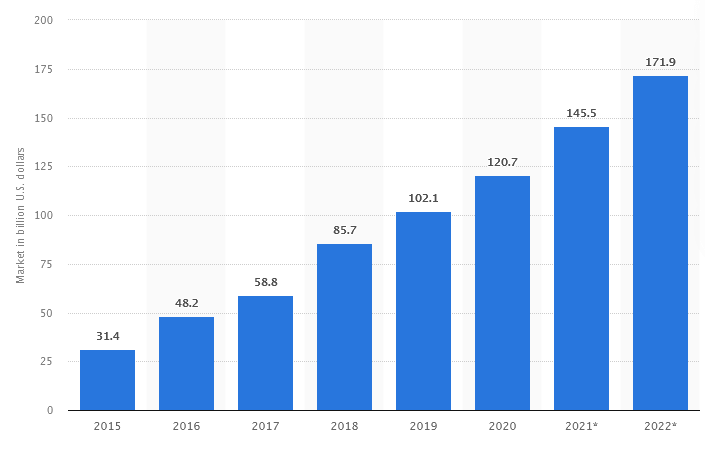
Image Credit: statista.com
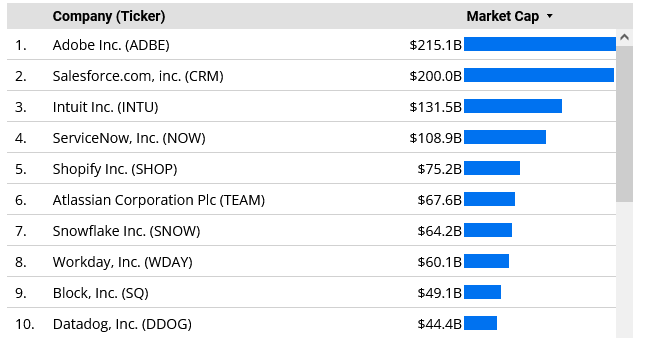
Image Credit: mikesonders.com
We have now gained a greater understanding of the growth of cloud-based SaaS applications, so it is time to review the benefits of SaaS application development.
The following are a few of the benefits of SaaS app development;
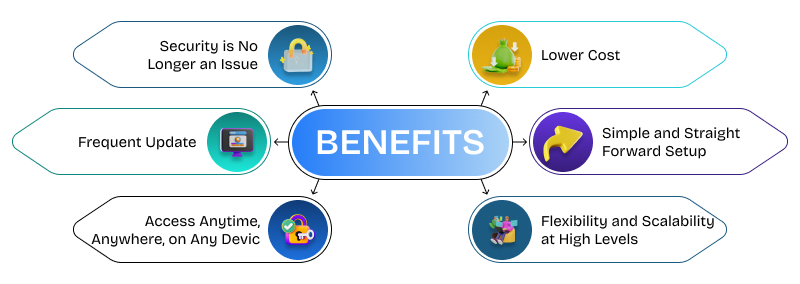
Since SaaS applications are developed in the cloud, physical resources are freed from all burdens. Due to this, the process of deploying an application becomes faster than using off-the-shelf software. It only takes picking a trustworthy SaaS application development company and letting the experts handle the rest.
This is one of the benefits that SaaS developers and clients alike reap from SaaS. SaaS can reduce the software development and infrastructure cost for a business when it is selected over custom software development.
Moreover, if it turns out that your SaaS app needs additional features, your developer can easily integrate them through development tools and technologies. Consequently, your developer is able to minimize investment risks as well as save time and money. This means that when the app or platform upgrades, the additional features will automatically updated, so the app or platform keeps running smoothly.
Flexibility is essential for businesses to meet the constantly changing demands of their customers. SaaS application development is something that comes with a great level of flexibility. The cloud-based SaaS-based businesses are easier to update with an assortment of new features and seamless integration with third-party services.
Furthermore, SaaS applications come with a subscription-based model that can be easily scaled up in accordance with your business growth.
SaaS assures clients of the highest level of confidentiality and security for all their business data. With the use of cloud-based solutions like AWS, SaaS application developers can alleviate all security concerns. Data from every client is isolated, and the client maintains a strong set of unique identifiers, such as usernames and passwords, to make sure only authorized personnel can access the information. Furthermore, depending on the needs of the business, the data can store on shared servers or dedicated servers.
Since SaaS applications are stored on cloud servers, it becomes easier for the developers to provide updates. While in the case of traditional software, whenever a new update is applied to the software, the users need to spend a certain amount of data on installing the updated version.
This is one of the most yet the most popular benefits of SaaS application development. Since SaaS applications are hosted in the cloud and are accessible through the web browser, these applications are no longer bound to use by a specific type of device. Users can access SaaS-based applications over any device, from anywhere as long as they have access to a steady internet connection.
Positives and negatives are inherent to everything in the world. The same thing can say for SaaS application development. So before steering on the SaaS application development, it is advisable for you to be aware of the drawbacks of the SaaS platform development.
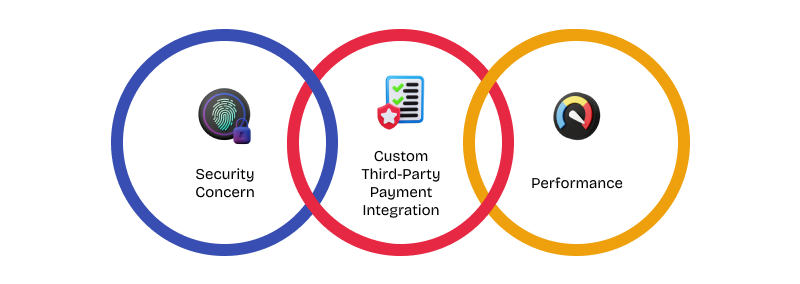
Payment functionality requires by almost all SaaS applications. A majority of SaaS-based applications depend on third-party payment services including Cashfree, Billdesk, Paypal, CCAvenue, Payu, etc to facilitate smooth payment functionality.
The problem begins when developers need to create a custom payment system with specific features by examining the technical aspects and offering a secure payment facility to the users.
Cloud-based applications enable enterprises to store confidential and essential information outside their servers. Further concerns about these data’s security arise, which can negatively impact privacy protections and access management, leading certain industries sensitive to these issues to have skepticism toward SaaS providers.
SaaS applications store data on cloud-based servers and then send that information to their users over the internet. As a result, performance issues raise as compare to locally installed software. Whenever there is a problem with internet connectivity, it will take a longer time for the application to load and perform the operations.
On the market, there are many Software-as-a-Service solutions available in the market serving different objectives, usages, and niches.
In this section, we have discussed the most common types of Software-as-a-Service solutions:
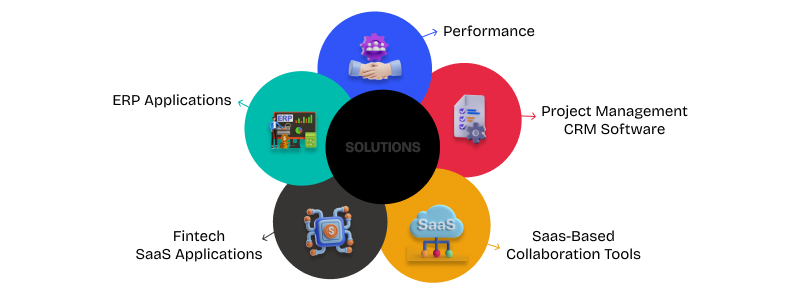
Customer relationship management (CRM) products use to offer organizations effective ways to keep track of their customer’s behavior to lead organizations to make more informed decisions.
Salesforce is a great example of SaaS-based CRM software.
Many organizations have found that developing project management software from scratch is an expensive option. Therefore, to keep track of their applications, most of them choose SaaS-based project management software such as Jira or Monday.
The primary purpose of the collaboration tools like Google Drive, Google Docs, One Drive, YouTube, TeamViewer is to make the remote work culture a smooth and flawless experience.
Billing and financial transactions can automate using such applications. Stripe is one of the great examples of fintech SaaS applications that comes with the secure payment gateway and subscription model.
Additionally, web-based tools are in the process of replacing conventional enterprise applications. Business analysts and dashboards support SAP ERP platforms, allowing businesses to gain better insight into their operations.
Now, you have gained familiarity with the major of the SaaS application development stages, the time arises to discuss the process of SaaS application development.
The following is a clear roadmap that explains how to develop SaaS applications:
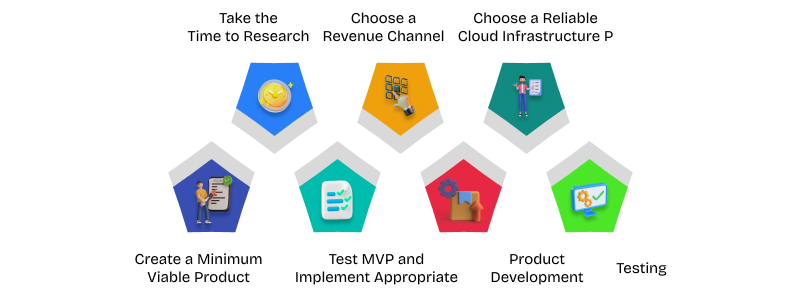
In order to advance the concept of SaaS platform development, it is important to gain a deeper understanding of the market.
Study your target market, competitors, trends shaping the industry, and which technologies would make the best choice for your application development.
No matter what type of cloud-based SaaS application you develop, without a proper monetization model, you won’t be able to make money from it.
Establish communication with the SaaS application development company to know different monetization models that can apply to your SaaS application and how these models will generate revenue for you.
To serve a wide number of users while maintaining the best level of security and performance, it is inevitable to hire a reliable cloud infrastructure provider.
It is advisable to go for the proven and reliable cloud provider, rest you can have a conversion with your SaaS application developers to make the informed selection of the cloud infrastructure provider.
Before you invest your money and resources in the development of the SaaS application, it recommends to develop MVP first.
MVP or minimum viable product can say as the trial version of the application with the basic set of the features. This will help you examine your idea of a cloud-based application before the actual process of development takes place.
If the impression of the MVP does not match up with your satisfaction level then you can ask your SaaS application development service providers to make changes in the application during the next step of the development.
Once the MVP model approves by you, the team of the SaaS application developers will proceed with the coding phase. Your idea will breath into life through a thousand lines of code.
Why would you spend a lot of time, resources, and capital on SaaS application development if your app fails to impress your audience or isn’t efficient? There is no substitute for testing.
The testing process ensures that the end application deployed to your audience meets their expectations and performs the best.
Be it custom application development or SaaS application development comes with a certain price tag. When estimating the cost to develop a SaaS application, you must consider many factors, including the product’s complexity, features, integration with other services, and the developer’s location as well.
Basically, the process of the SaaS application development is consist of multiple stages including:
In the SaaS application development process, each stage has a price tag, and a final estimate of the development costs is provided following an analysis of these stages. Each of these steps is different for each application, so calculating the cost of development becomes a complicated task.
To figure out the exact cost of SaaS application development, it would be very helpful if you could communicate with your SaaS application development firm.
Learn how much it would cost to create a SaaS application!
Contact Us
Now you are there, where to take your idea of SaaS application development one step further. However, without the right team of SaaS application developers by your side, you won’t be able to unlock the full potential of your idea.
So, now, the question comes like how to find a reliable SaaS development company?
Choosing a reliable SaaS company isn’t as difficult as you may think as long as you follow the steps given below:
If you want to hire a reliable SaaS application development company or need further consultation about SaaS, feel free to get in touch with us.
This can differ based on the expertise and knowledge of SaaS that your new hire has. Your development time will dramatically reduced when you hire a company that offers SaaS software development services.
The following monetization models can apply to your SaaS application;
The SaaS model in general refers to the software delivery model that allows users to access an application’s functions online rather than having to install it. Here the SaaS application vendors host the software and business rent the software instead of buying and maintaining it.
Below are a few examples of successful SaaS products running in the market:
Here is how you can migrate your existing application to the SaaS model;
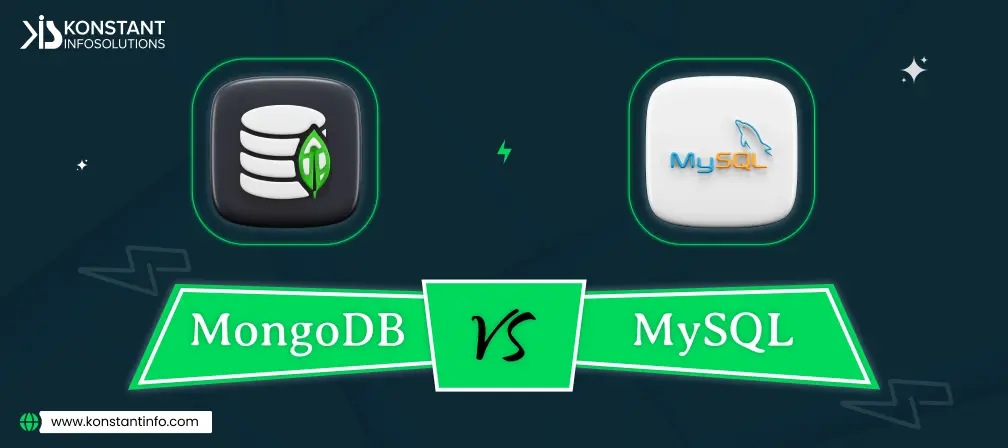

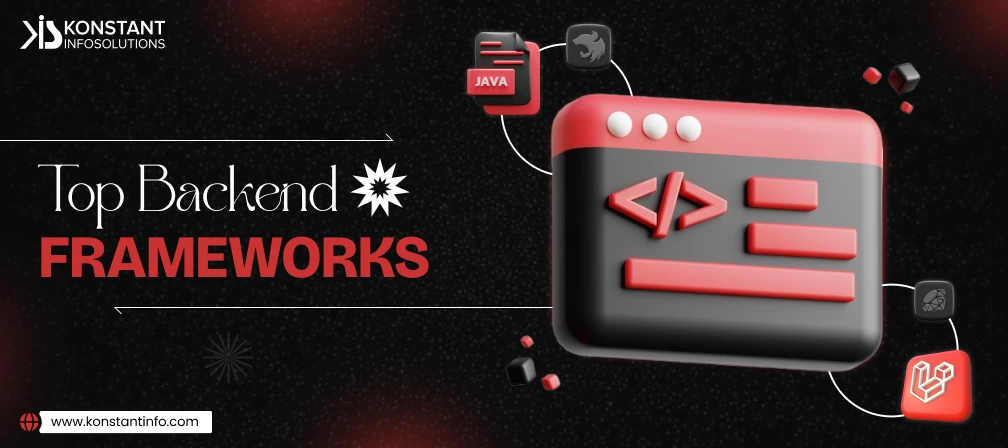
Vipin Jain is the Co-Founder and CEO at Konstant Infosolutions and is in charge of marketing, project management, administration and R&D at the company. With his marketing background, Vipin Jain has developed and honed the company’s vision, corporate structure & initiatives and its goals, and brought the company into the current era of success.
Or send us an email at: [email protected]